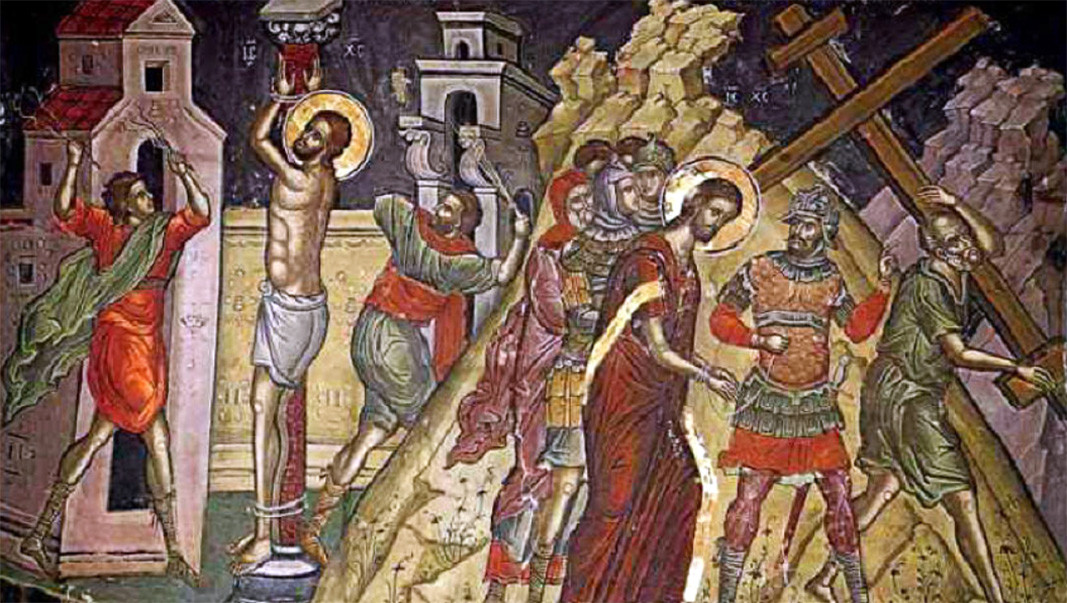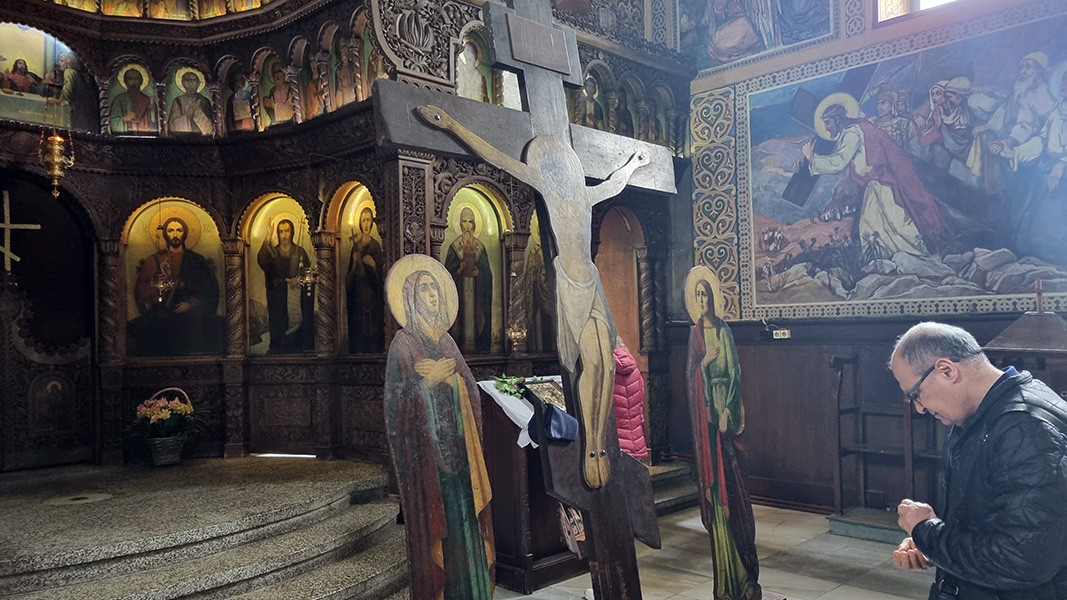On Good Friday, the Church recalls the great sufferings of Jesus Christ, who accepted by His own will to be judged, scourged, spat upon, humiliated, slapped, and shown to the people in a purple robe, with a crown of thorns on His head.
With the heavy cross on His shoulders, Christ was led to a hill called Golgotha, near Jerusalem, to be crucified innocent, for the sins of humanity, between two criminals. In these moments of inhuman suffering and pain, the Savior prays to His Father, not for Himself, but to forgive His tormentors, giving the highest example of love for His neighbor.

At this very moment, one of the criminals recognizes in Him the Son of God and asks for forgiveness for his sins. The Savior accepts the repentance of the criminal, who had committed the gravest of sins, and promises to take him with Him into the Kingdom of God. Thus, He gives hope to the faithful that there is forgiveness for those who sincerely repent.
On the Cross, Christ accepted death and breathed His last to save all of humanity from spiritual death. In that moment, it seemed as if all of nature trembled – the earth shook, and the sun hid its light.

Good Friday is the saddest day for all followers of Jesus Christ, a day of mourning and repentance, but also a day of deep gratitude for the self-sacrifice of the Savior. There is no Holy Mass on Good Friday. Early in the morning, before the Divine Liturgy called the Royal Hours, Christ's flower-decorated "tomb" is placed in the middle of the church, in front of the Crucifix placed there on Holy Thursday.
Photos: archive, pravoslavieto.com, BTAThe newest exhibition at the National Museum of Military History in Sofia, 'War and the Creatives: A Journey Through Darkness' opens today, offering free entry as a gesture to those who were unable to visit during the recent renovations. Rather than..
A 5,000-year-long history lies hidden in the ruins of the medieval fortress “Ryahovets” near the town of Gorna Oryahovitsa where active excavations began ten years ago. On this occasion, on November 17, the Historical Museum in Gorna Oryahovitsa..
Just days ago, archaeologists uncovered part of the complex underground infrastructure that once served the Roman baths of Ratiaria - one of the most important ancient cities in Bulgaria’s northwest. Founded in the 1st century in the area of..

+359 2 9336 661
